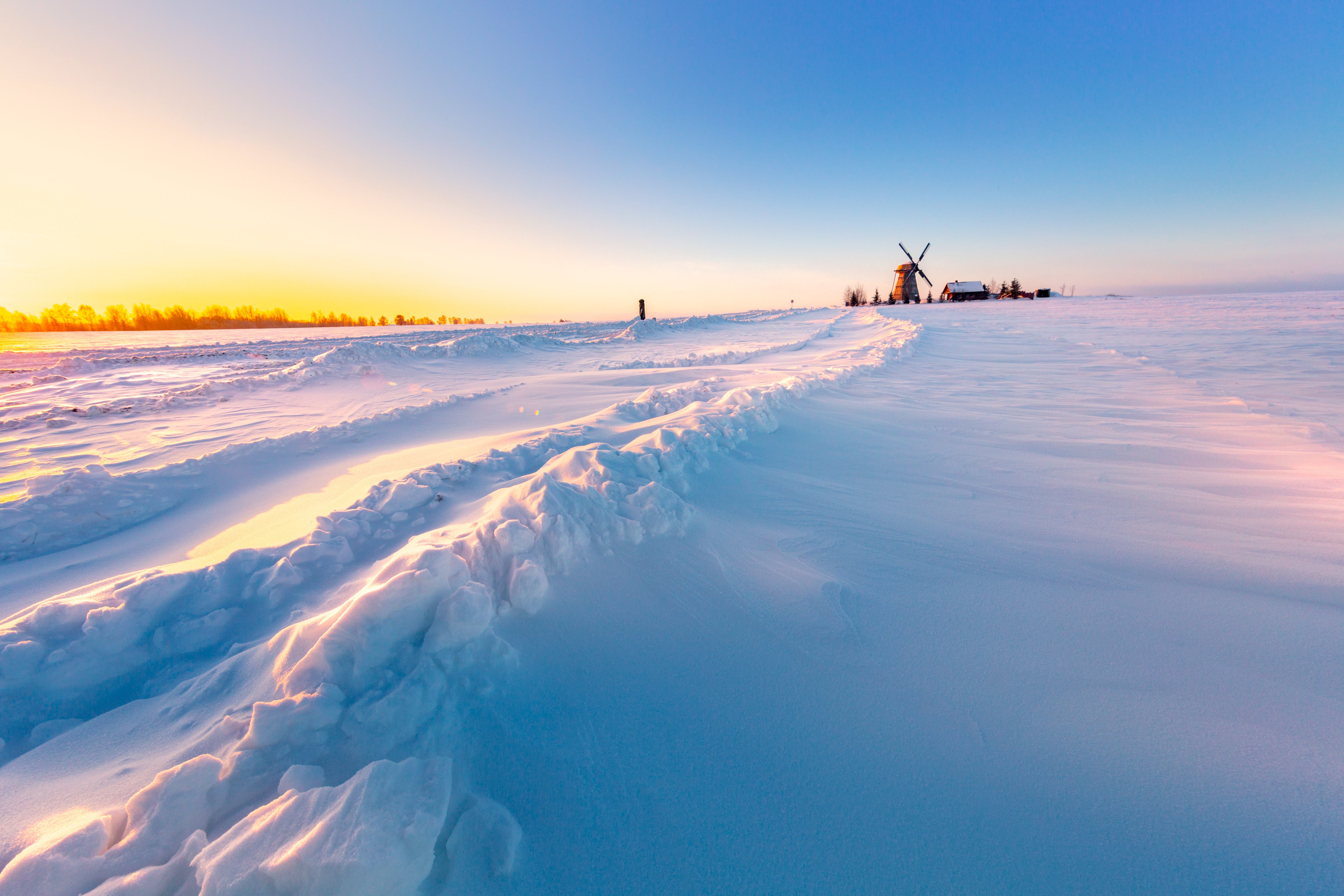Exploring Antarctica: The Most Iconic Wildlife Species You’ll See

Antarctica, the southernmost continent on Earth, is a land of stunning icy landscapes and unique wildlife. If you’re planning a trip to this remote region, you might be wondering what kinds of animals you can expect to encounter. From majestic penguins to graceful seals and soaring seabirds, Antarctica offers an unforgettable wildlife experience that few places on the planet can match.
Penguins: The Emblematic Birds of Antarctica
One of the most iconic inhabitants of Antarctica are its penguin species. You can expect to see several types during your visit, including the Emperor Penguin—the largest and perhaps most famous—and the Adélie Penguin, known for their black and white plumage and lively behavior. These flightless birds thrive in the harsh Antarctic environment and are often seen waddling along ice floes or diving into frigid waters in search of fish.
Seals: Masters of Adaptation
Antarctica is home to various seal species that have adapted remarkably well to its icy conditions. The Weddell Seal, recognizable by its spotted coat, is commonly found resting on ice or swimming near shorelines. Leopard Seals are another fascinating species; they are apex predators with powerful jaws and often prey on other seals or penguins. Crabeater Seals also inhabit these waters—they primarily feed on krill despite their name.
Birdlife Beyond Penguins
While penguins capture much attention, several other bird species grace the Antarctic skies. Snow Petrels are small white seabirds frequently spotted gliding above icebergs or nesting on cliffs. South Polar Skuas are known for their aggressive behavior around breeding colonies where they scavenge or prey upon eggs and chicks. Additionally, albatrosses with enormous wingspans may be seen soaring over open ocean areas nearby.
Marine Life Beneath the Ice
Beneath Antarctica’s icy surface lies an abundant marine ecosystem supporting whales such as Minke Whales which feed on small fish and krill swarms under water. Occasionally visitors might glimpse Orcas (killer whales) known for their striking black-and-white coloration hunting in pods near coastal regions. This rich underwater world is critical not only for large mammals but also countless smaller creatures forming a vibrant food web.
Respecting Wildlife During Your Visit
When exploring Antarctica’s incredible wildlife, it’s important to maintain responsible tourism practices that minimize disturbance to animals and their habitats. Always follow guidelines set by tour operators regarding distance from animals, avoid loud noises or sudden movements near colonies, and never feed or touch wild creatures. By respecting this fragile environment you help preserve these unique species for future generations to enjoy.
A trip to Antarctica offers a rare window into one of Earth’s last great wildernesses teeming with extraordinary wildlife adapted to extreme conditions. Observing penguins shuffle across snowfields, seals basking lazily under clear skies, or seabirds gliding gracefully overhead creates memories that last a lifetime while deepening appreciation for this pristine natural world.
This text was generated using a large language model, and select text has been reviewed and moderated for purposes such as readability.